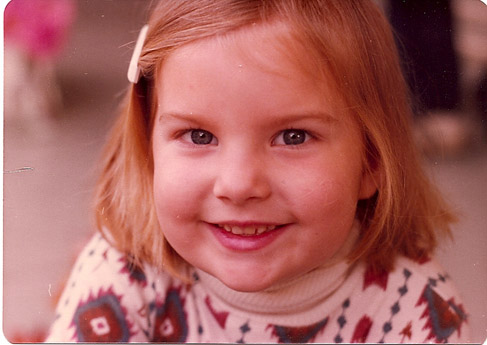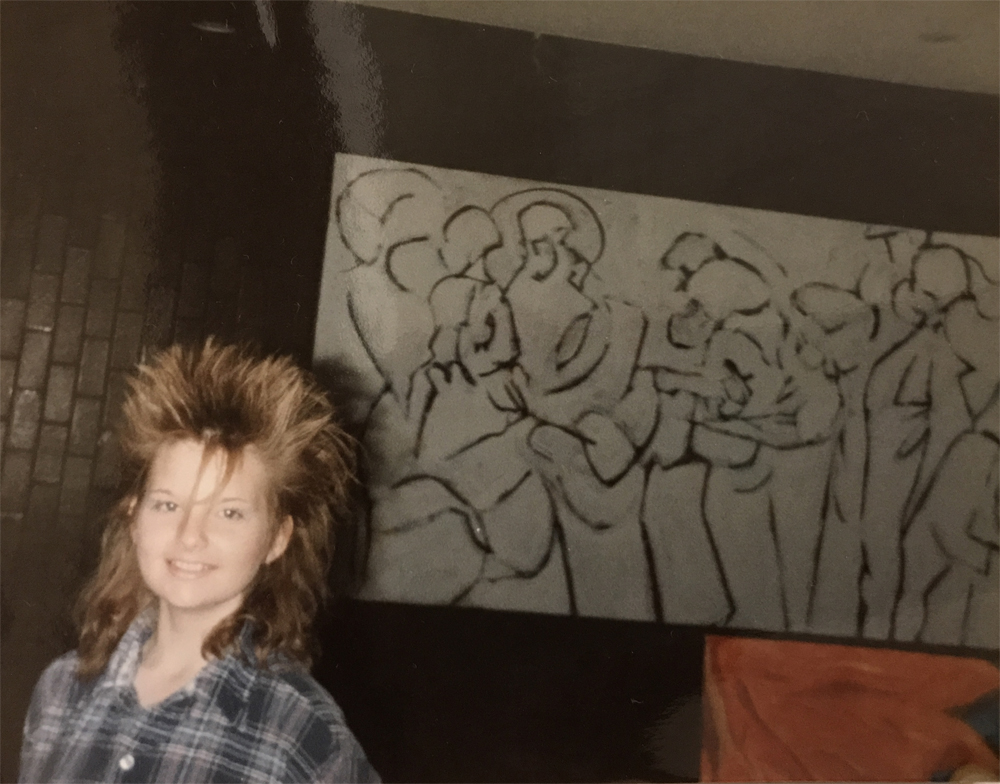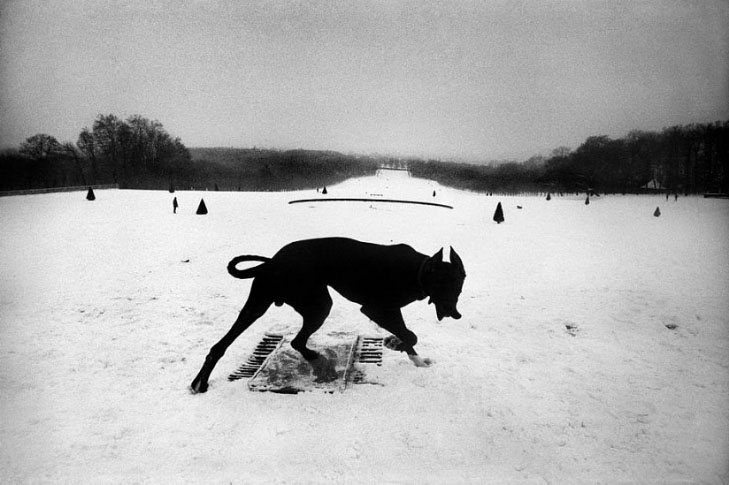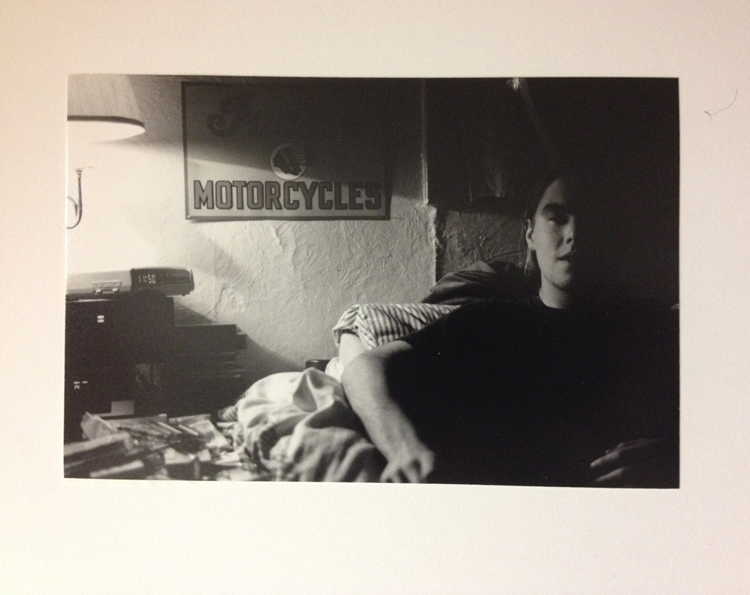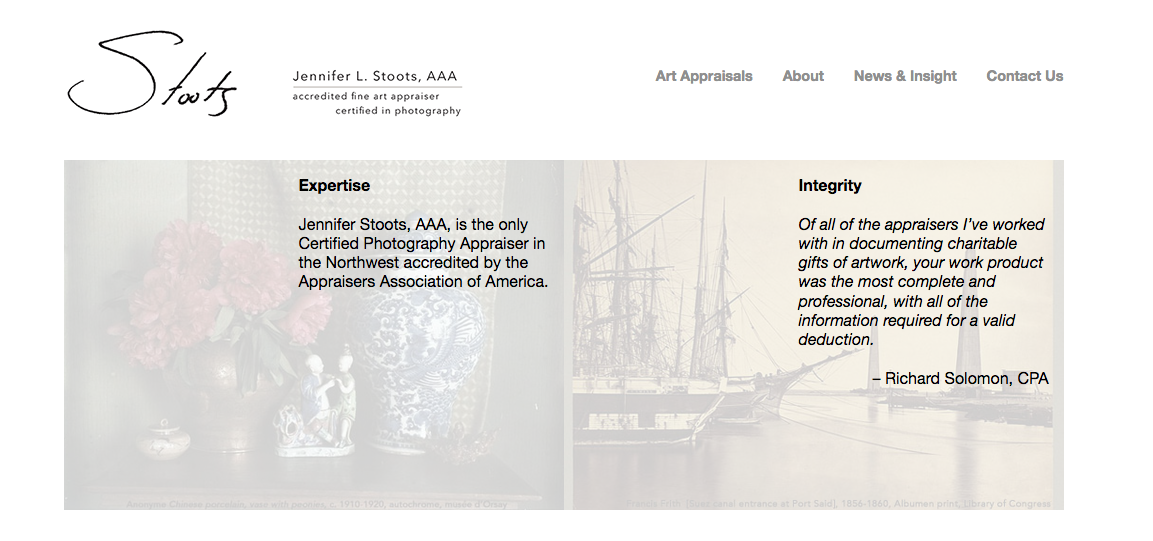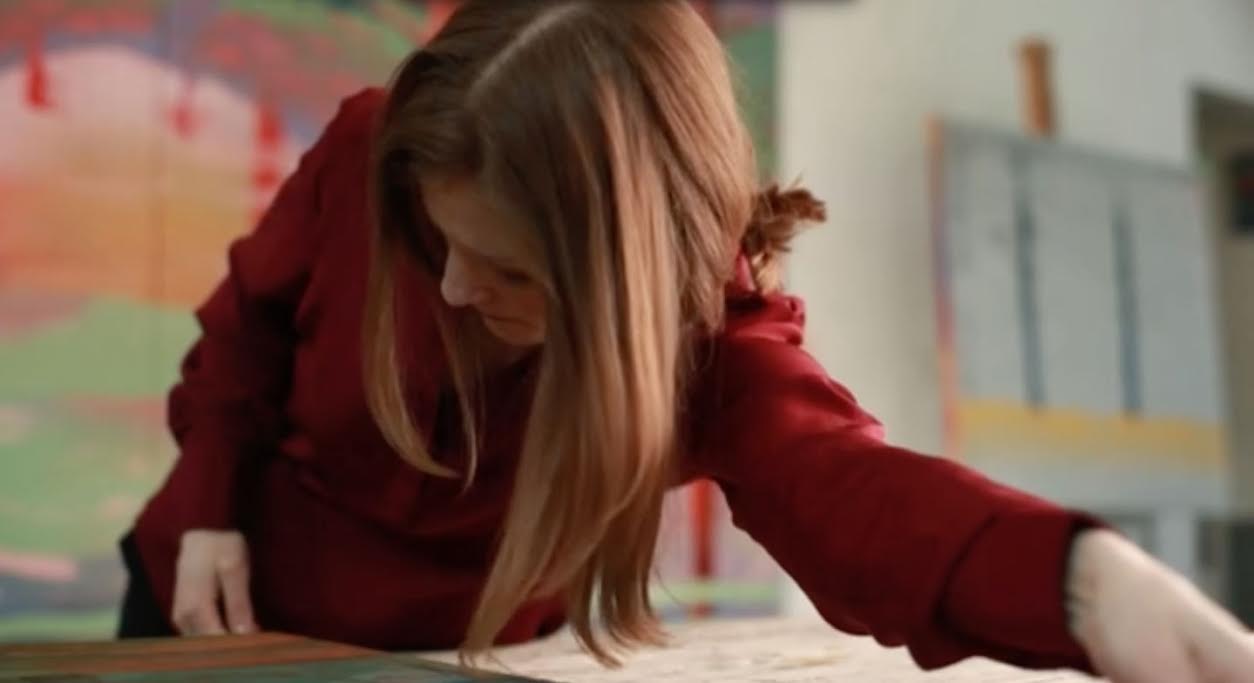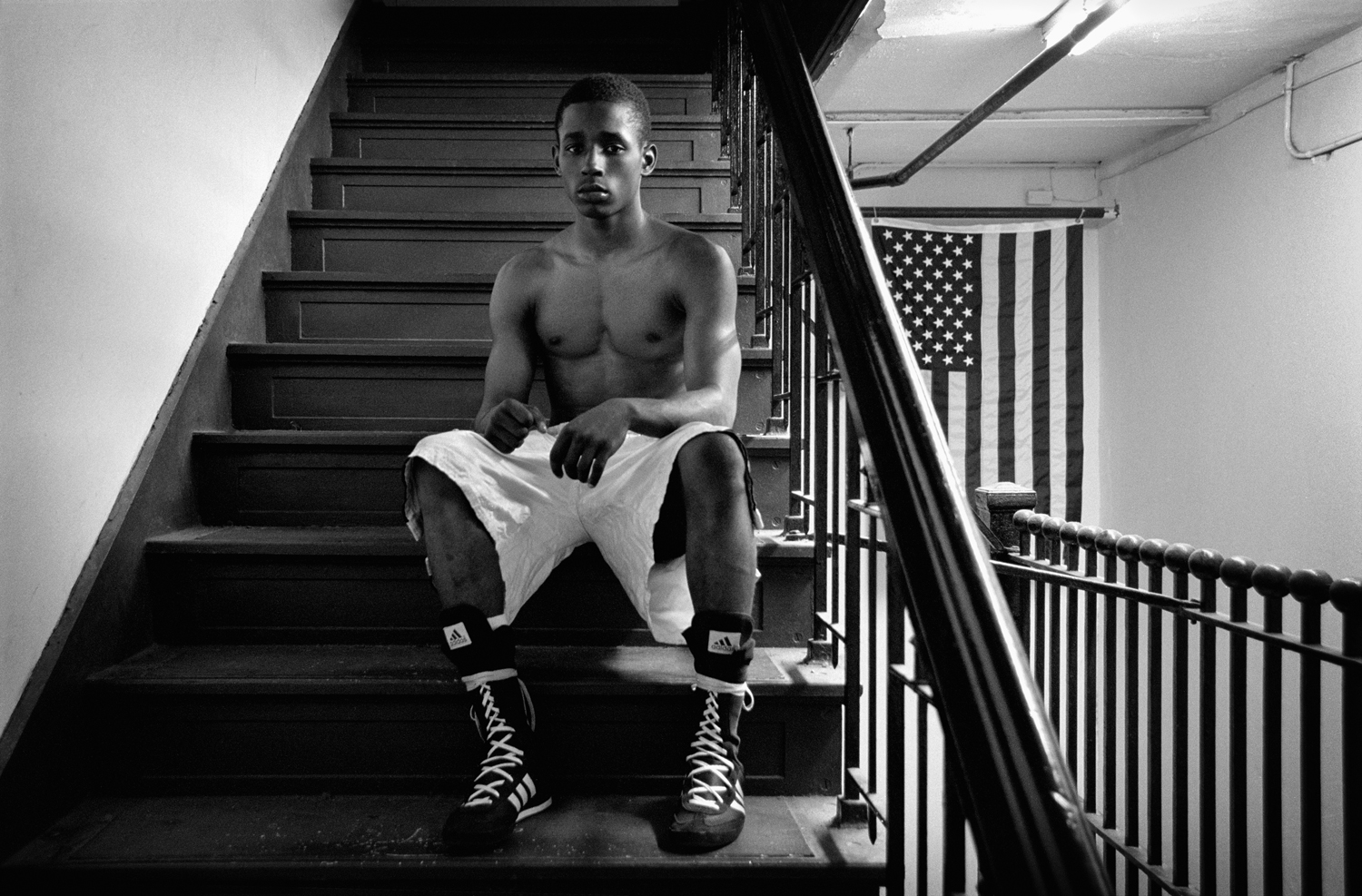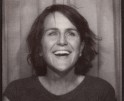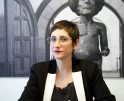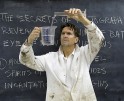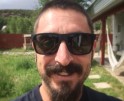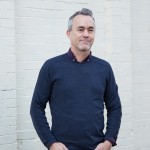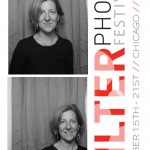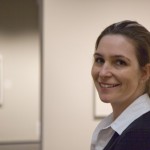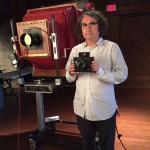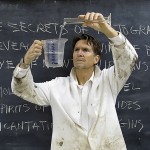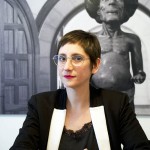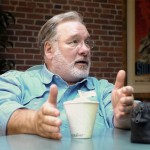The Jennifer L. Stoots Mixtape
One reward of attending portfolio reviews as a reviewer, beyond meeting photographers and seeing amazing work, is the networking and connections made with other reviewers. Since both my last name and today’s Mixtape subject’s last name begins with an “S”, we are often seated side by side at review events. Over the years, it has been a pleasure to get to know Jennifer L. Stoots, who is filling a much needed role as a fine art appraiser and educator. Jennifer’s major focus in recent years has been helping photographers consider and prepare for their own artistic legacies, introducing them to the myriad of issues associated with artist estates, by way of panel discussions with attorneys and curators (or archivists), as well as workshops that walk creatives through the process of planning and organizing their business for the inevitable transfer and management of their creative production after they’re gone. These are important considerations that should not be left to the end of a career. Jennifer is about to launch a photo history lecture series “Self-Made: Photography as Vocation, 1827 – present” starting at the end of August, but more on that later in the post! Jennifer has also created a series of interviews with photography professionals here.
Jennifer states: I have been working professionally in the art world for 22 years and appraising photography and contemporary art for shy of 15 years. I continue to relish my work as an appraiser for reason that I’m often learning about artists who never made it into the annals of history, see concurrent patterns among creators from diverse areas, and meet the nicest people —collectors, curators, colleagues and artists— who enjoy imagery as much as I do.
Connoisseurship is also exceedingly important to me and my experience gives me advantages beyond mere research and methodology: Originally trained as a photographer and painter, the skills and materials of an artist help me understand the nature of the mediums I’m looking at and how they were made and age; my education as an art historian has provided me with the history and cultural context of photographers and artists as well as a vocabulary for discussing the artwork; working at galleries and art fairs has given me a keen sense of what’s happening in the marketplace, artistic trends, and what collectors are sensitive to and interested in. In short, my skills as a researcher, artist, historian, and saleswoman all enhance my proficiency as an appraiser.
And now, The Jennifer L. Stoots Mixtape!
Jennifer Stoots is a fine art appraiser accredited by the Appraisers Association of America and is certified in photography. She has been professionally involved in the arts for more than 22 years, has been working in the photography market for 19 years, and has been appraising fine art and photography for shy of 15 years. She acquired her credentials to appraise art from NYU’s Appraisal Studies Program for Fine and Decorative Art in 2002 and earned her Master’s degree in the History of Art & Design from Pratt Institute in Brooklyn, NY. Jennifer is most often engaged in appraising contemporary art, fine art photography and photographic archives, as well as preparing market analysis reports, and helping individuals manage their collections or archives and plan for their artistic legacy.
Tell us about your growing up and what brought you to photography.
Christmas 1978. Santa was good that year—a 6-pack of Play-Doh and a Kodak 110. I’m sure the images I took were typical of most 6 year olds, including an inordinate number of pictures of the cat. By nine, the photos I took were used as the basis for watercolor paintings… a trend that continued through high school. Enrolling in Fine Arts Camp at the University of Alaska, Fairbanks, the summer before my sophomore year, led to a serious father/daughter talk about responsibility and, in the end, dad let me borrow his Nikon SLR. I remember more about playing pool and hanging out with friends than what images I took, but I do know that I preferred T-Max 400 over Tri-X pan.
By the end of high school I was winning blue ribbons in city-wide student competitions. That said, those same images—arty, semi-nude shots of my handsome friend Rob—were also stirring concern among some of the parents. Looking back, they were a bit more sophisticated than what most of my peers were producing. I can only credit the fact that I had started ‘collecting’ my favorite photographs years before, cutting them out of magazines. On my bedroom wall I had taped: Sally Mann’s “The Last Time Emmett Modeled Nude,” 1987; Mary Ellen Mark’s “Gypsy Children, Near Barcelona, Spain,” 1987; Richard Avedon’s “Ronald Fischer, Beekeeper, Davis, California,” May 9, 1981; and “France,” 1987, Josef Koudelka’s photograph of a (possibly) stray dog prancing over a grate in a snowy Parc de Sceaux. Along with band posters and painting reproductions, these were the photographs I woke up to every day.
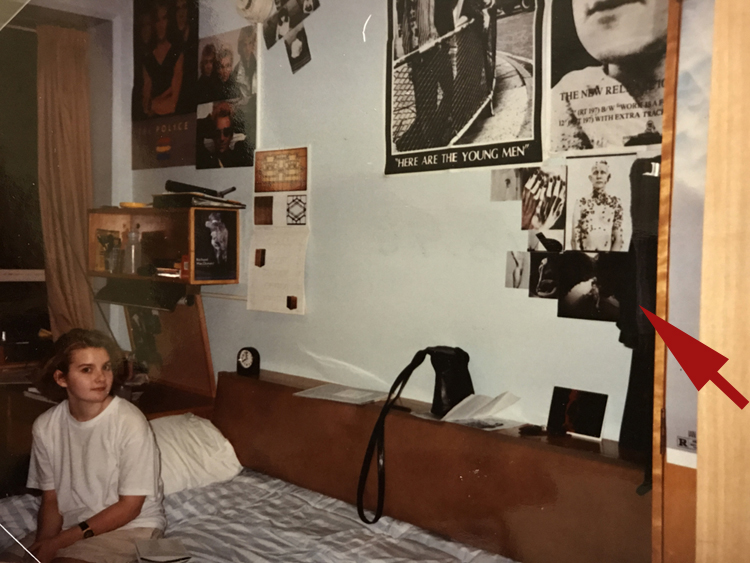
Stoots’s dorm room, 1991 (Taped to wall, bottom right: Robert Mapplethorpe’s “Lydia,” 1985; Arnold Newman’s “Igor Stravinsky, New York,” 1946; Richard Avedon “Ronald Fischer, Beekeeper, Davis, California,” May 9, 1981; and Sally Mann “The Last Time Emmett Modeled Nude,” 1987, among others.)
Spring of my senior year of high school, however, is when I developed an awareness of just how important all this was to me. The previous year had seen the rise of the American Family Association and attacks on the National Endowment for the Arts, centered around Robert Mapplethorpe’s traveling exhibit “The Perfect Moment” and Andreas Serrano’s “Piss Christ”. I’m sure many remember when the Director of Cincinnati’s Contemporary Art Center was on trial for obscenity… I too followed it closely. On a random afternoon, spring 1990, my mother overheard a call I made to a local bookstore. I was calling to ask if they had a copy of the Mapplethorpe monograph that had been published by the Whitney Museum, and requested that it be held for me. That bit of eavesdropping led to two marathon arguments with my father, who, at the conclusion of round two, declared that, “If you buy that book, I refuse to pay for your college education.” What he didn’t know is that I went to the bookstore in between rounds and the Mapplethorpe book was in my book bag, not ten feet from where he sat. Needless to say, I never mentioned it, and my art teacher was kind enough to keep it for me over the summer and ship it to me at college.
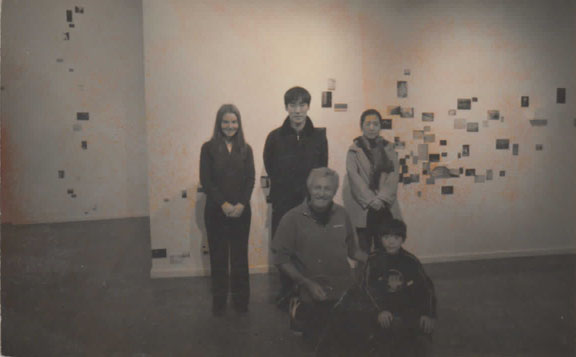
Installation of Masao Yamamoto at the S.K. Josefsberg Studio in Portland, OR, 2002. (Pictured is the Yamamoto family, my mentor Steven K. Josefsberg and me. I was the manager of the S.K. Josefsberg photography gallery from 1998 – 2004.)
What this experience illustrated, at least to me, was that, when it comes to individual rights and artistic expression, I was (and am) a naturally staunch supporter and advocate. It also became clear that I was more engaged with the story behind the creation, rather than being a creator; I had skill, not talent, as either a painter or photographer, but do have a keen memory for images and love the anecdotes and stories behind them. As a consequence, I was an art history major in college but still took studio and darkroom classes when I could.
What is your title and job description and tell us about a typical day?
I am an accredited fine art appraiser certified in photography and a photography historian. That said, and like most arts professionals, I do a lot of different things, though there is a common thread. In addition to art appraisals, there are the collections management projects, the occasional market analyses, and I also consult with collectors and photographers on a variety of topics, including legacy and estate planning issues. Much of my time is spent doing research and writing, whether it’s for an appraisal, a lecture, workshop, or my Instagram (which is devoted exclusively to photo history — stoots.jennifer). I also work select international art fairs with the East Wing photography gallery, which is based in Dubai.
What are some of your proudest achievements?
My absolute favorite thing to do is to connect people who can help each other. In 2006/2007, I helped raise the last $15,000 needed to finish the documentary Eloquent Nude: The Love and Legacy of Edward Weston and Charis Wilson (2008) by Ian McCluskey & Northwest Documentary, and got the project the press coverage it deserved (such that opening night at the Portland Art Museum sold out 3x). I’m also very proud to have secured a show of Jim Lommasson’s Shadow Boxers series at a Portland gallery during Photolucida, and directed him toward a publisher for his subsequent series Exit Wounds. Most of what I do is more modest in scale—sharing information or connecting someone to a resource—but it is significant to that person and what they’re trying to accomplish.
What do you look for when attending a portfolio review?
When reviewing work, I look for consistency (image and print quality), balance (composition and palette), and if the individual images can stand on their own (without the aid of the other work in the series or the artist’s statement). If the body of work is finished and compelling, I spend most of my time match-making, in that, I will recommend galleries and venues the artist/photographer should consider approaching, as well as discuss why their work would be a good fit. In instances when I know the gallerist or curator, I can suggest how best to approach them. On occasion, I actually insist that an artist follow my advice. This happened at the most recent Photolucida event, whereby an incredibly intelligent but somewhat shy artist was hesitant to call the local gallery I recommended. I later learned how she agonized over the phone call but ultimately followed the script I gave her. The gallerist not only met with her that afternoon but chose several pieces from two bodies of work that will be included in a summer group show. (Georgina Reskala will be one of the artists included in the exhibition “Dislocation” at PDX Contemporary Art gallery, Portland, OR.)
My professional mantras are these, and I often share them with artists:
-You are your own best advocate.
-If you don’t do anything, nothing will happen; you’ll never know unless you try.
-The worst that anyone can say to you is “no.”
-No opportunity missed.
Any advice for photographers coming to a review event?
Editing the work seems to be the most challenging for most photographers. The difficulty is reasonable, considering how emotionally invested they are in the work. As a consequence, I recommend that the artist invite someone they trust and respect to help them edit. I also encourage them to make work prints that they can spread out on a large table or the floor; having physical prints to work with is key and being able to get perspective (visually) makes a big difference.
What is something unexpected that we don’t know about you?
I decided to field this question to my housemate. (His response was surprising, even to me.) He said that I “have a deep curiosity which spans multiple domains, from science to history.” Although a late bloomer, it’s true that I now gravitate to history and science history in my reading and audio books. My favorite podcasts are Feakonomics Radio and NPR’s TED Radio Hour. By nature, and the nature of my work, I have a tendency to focus on the details and what’s current. What I appreciate about the retrospective view is not only the context for art and photography but how it reveals the cycles (or patterns) in our history; much of what’s happening now is not wholly different than episodes in the past. In short, I find history invaluable in understanding where we are today.
And since this is a Mixtape, what is your favorite song, band, and do you dance?
I actually have several compilation playlists in my iTunes, with one being my absolute favorite. (I like to listen to this one when the plane is starting its descent.) It includes:
Boogie Oogie Oogie by A Taste of Honey
Take Your Time (Do It Right) by The S.O.S. Band
Good Times by Chic
Keep It Comin’ Love by K.C. and The Sunshine Band
Move On Up by Curtis Mayfield
Who’s That Lady by The Isley Brothers
The Bottle by Brother to Brother
Golden Lady by Stevie Wonder
Aquellos Ojos Verdes by Nat King Kole
and Brazil by Geoff Muldaur (from the movie soundtrack)
And now we hand the microphone over to Jennifer to share about her upcoming projects this summer:
Upcoming projects – Summer 2017
ArtistsEstates.com will offer an online version of the legacy and estate planning workshop (including workbook) co-created by me and my (incredible) colleague Robin Moore. Designed with creatives in mind, the online videos will walk participants through the process of organizing their business and personal affairs for their future executor. The workbook we have created provides structure and prioritizes tasks, making clear the kinds of information that executors and collaborators need to foster an artist’s legacy.
Our goal is to provide artists, photographers and filmmakers with the tools to move forward with their estate planning plus save time and money in legal fees. As a business advisor and executor of a painter’s estate, Robin brings first hand experience to this process, while I bring the perspective of working with artist estates via my gallery experience and work as an appraiser. Our program helps people get to a point where they will be ready to write or revise a will and illustrates that any artist can create a plan appropriate to their situation.
ArtistsEstates.com will be live Summer 2017.
LECTURE SERIES / “Self-Made: Photography as Vocation, 1827 – present”
Although Louis-Jacques-Mandé Daguerre was required to reveal, demonstrate and publish detailed instructions of the Daguerreotype process, he retained the copyright of the published manuals and maintained patents on the equipment needed to practice the new technology. Julia Margaret Cameron copyrighted her images and sold her work through P. and D. Colnaghi print sellers in London. Paul Strand made his living as a filmmaker and Roy DeCarava was a gallery owner.
In this series of 10 photo history lectures, we will explore the variety of ways that photography has been a career choice or the basis of a business since its inception in 1827. Each presentation will be defined by a theme and can be appreciated on its own or in tandem with other lectures in the series. Topics to be covered include: The motivations of invention and the birth of a new industry; publishing; journalism; science & exploration; advertising; and the economics of art. The primary emphasis here will be on economics, historical context and how photographs have been used, including a look at patrons and employers, plus publications, exhibitions and commercial venues.
Created and presented by Jennifer Stoots
DATES:
Option 1 / Tuesdays 4:30 – 5:45 pm, August 29 – October 31, 2017
Option 2 / Thursdays 2:00 – 3:45 pm, August 24 – October 26, 2017
LOCATION: WeWork, 220 NW 8th Avenue on the North Park blocks, Portland, OR
COST: Early Bird Special for series of 10 lectures / Tuesdays $150; Thursdays $175 (higher cost due to peak hour of room rental). Regular price of the lecture series (after Aug 14) / Tuesdays $175; Thursdays $200
Posts on Lenscratch may not be reproduced without the permission of the Lenscratch staff and the photographer.
Recommended
-
The Christy Karpinski MixtapeDecember 2nd, 2023
-
The Rotem Rozental MixtapeJanuary 27th, 2023
-
The Brian Taylor MixtapeJune 14th, 2019
-
The David Rosenberg MixtapeMay 3rd, 2019
-
The Jonathan Blaustein MixtapeJuly 20th, 2018


